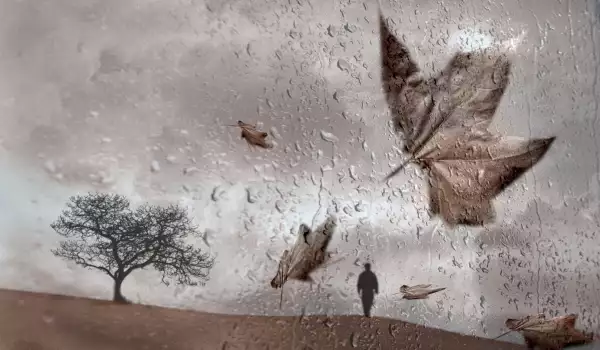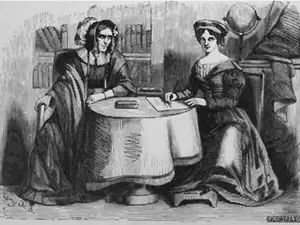Is there anything more convenient that knowing the kind of weather in store for us tomorrow? In the past this was of utmost important, as mankind's entire livelihood depended on it. Hail or frost meant destruction of the crops and a shortage of food for the populace.
In those long-forgotten times, man learned to predict what the weather would be like, based on the positions of the Sun, Moon, clouds and even behavior of the livestock.
The wind was taken into particular consideration because its absence or the direction it came from was an indicator of whether there was rain, a storm or shining sun on the way.
Below you'll learn how our ancestors watched for the signs the wind gave and how they interpreted them, in order to forecast what the weather would be like tomorrow:

- If during spring and summer the wind is blowing from the west, this most likely means rain, while in winter it portends of snow.
- If an eastern wind blows in the morning but begins to die down in the evening, expect nice weather.
- A southern wind forewarns of rain, while southeastern wind means humid and soggy weather.
- A north wind promises cold, even during summer.
- When the wind is exceptionally strong and it begins to rain suddenly, it's a nearly sure sign that the wind will stop blowing.
- If a strong northern wind is blowing during the night, then shifts in the morning and comes from the east, expect good weather for at least a few days to come.
- During spring and summer, the northwestern wind is a harbinger of rain, while during winter - of snow.

- Winter means cold and a northeastern wind but if you sense the same during spring and summer, you can expect several pleasant and warm days.
- If a south wind is blowing and it's raining, expect to have rainy weather for a period of 1 week.
- A warm wind, as well as extended periods of southern wind, bring with them rain.
- When it's raining, rejoice if the wind picks up because it will blow away the clouds and bring nice weather.
- If a whirlwind suddenly appears, expect thunderstorms.













